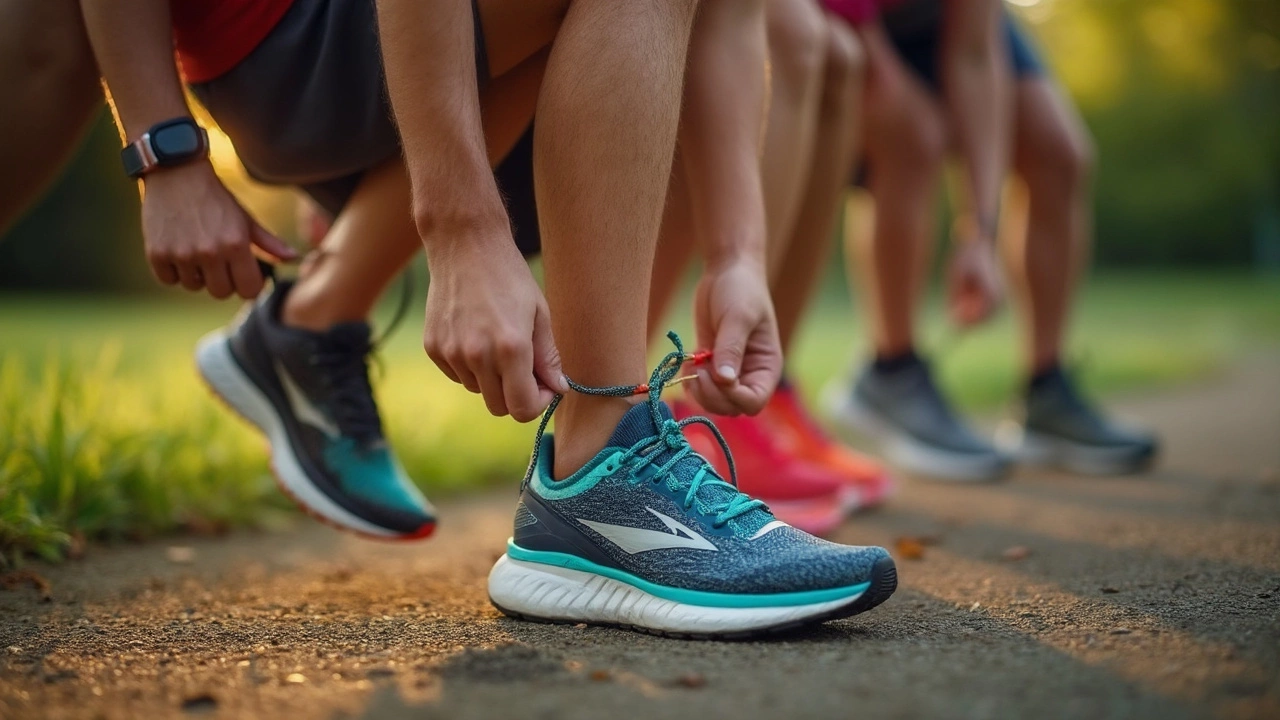
Podiatrists: Your Secret Weapon for Better Sports Performance
If you love running, cycling, football or any sport that puts pressure on your feet, a podiatrist should be on your team. These foot doctors know how to spot problems before they become painful setbacks, and they can give you advice that makes every training session feel smoother.
Most people think a podiatrist only treats broken toes or bunions, but the truth is broader. They work with athletes to fix heel pain, ankle instability, plantar fasciitis, and even the subtle gait issues that shave seconds off a sprint. By getting regular check‑ups, you can stay ahead of injuries that would otherwise keep you off the field.
When to See a Podiatrist
Don’t wait until a sharp pain stops you in your tracks. Here are three easy signs that it’s time to book an appointment:
- Persistent soreness that lasts more than a week after a workout.
- Swelling or bruising around the ankle, heel, or toe that doesn’t improve with rest.
- Changes in your stride – if you notice you’re limping or favoring one foot, a podiatrist can analyze your gait and suggest fixes.
Even if you’re injury‑free, a yearly foot assessment can reveal tight calf muscles, overpronation, or other issues that affect performance. The earlier you catch them, the easier they are to correct.
Common Sports‑Related Foot Issues
Below are the most common problems athletes face and how a podiatrist helps:
- Plantar fasciitis: Inflammation of the tissue under the heel. A podiatrist may prescribe stretches, orthotics, or taping techniques to reduce strain.
- Achilles tendinitis: Pain at the back of the ankle. Treatment often includes eccentric calf exercises and footwear advice.
- Stress fractures: Tiny cracks from repeated impact. Doctors use imaging to confirm the break and recommend rest, followed by a gradual return plan.
- Overpronation: The foot rolls inward too much, leading to knee and hip issues. Custom insoles can correct the motion and protect the whole kinetic chain.
Most of these conditions can be managed without long downtime if you act quickly. The podiatrist will design a plan that fits your sport, training schedule, and goals.
Besides treatment, podiatrists also guide you on the right shoes. A running shoe that matches your foot type can prevent a lot of trouble, while a cycling shoe with proper cleat alignment keeps your knees happy. If you’re unsure what to buy, bring your foot to the clinic – the doctor can measure arch height, width, and pressure points to recommend the perfect fit.
In short, think of a podiatrist as a performance coach for your feet. They keep you moving, help you train smarter, and make sure the tiny bones and muscles underneath you are working like a well‑tuned engine.
Ready to give your feet the attention they deserve? Schedule a quick check‑up, ask about custom orthotics, and start tracking how your performance improves. Your next personal best could be just a few healthy steps away.
